what is 3d realistic drawing
These 3D portraits are unbelievably realistic
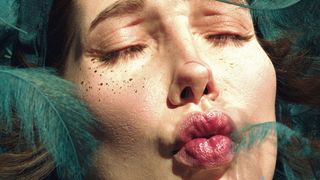
3D portraits have a lot of skill to create only are astonishing when done well. Trying to mimic objects from the real world is the hardest role of designing in 3D – and recreating a human is the trickiest of all. Mistakes will be picked upward on quickly equally your audience knows the man form so well.
Here, we've collated some of the most jaw-dropping 3D portraits to showcase the level of creative skill out there. Plus, the artists who created these amazingly realistic 3D portraits describe the techniques they used over the months it took to consummate their work.
Keep reading to marvel at these intricate works of art. If this isn't enough, explore more than amazing pieces on our 3D art roundup and strop your own 3D skills by exploring these tutorials for KeyShot , ZBrush and Blender. Or, accept a look at what can exist achieved without a estimator in our roundup of incredibly realistic pencil drawings.
Click on the icon at the top-right of the image to overstate it.
01. Common salt Bae

Graphic symbol artist Eugene Tertychnyi worked on this recreation of chef and restaurateur Salt Bae in his spare fourth dimension, working four to six hours a day for around three weeks. "I attempt not to echo a grapheme that has been made past other artists," Tertychnyi says. "For example, Batman or Spider-Man, who overflow the internet. I try to make something that I've never seen before in 3D."
Tertychnyi needed to observe a style of creating photorealistic table salt without hand-sculpting it. For this he turned to Movie theatre 4D and its powerful rigid trunk dynamics. "I created iv or five salt particle meshes out of spheres with the displacement modifier practical and set them as a particle emitter," Tertychnyi explains. "Then I set up the pose of the model, cut the paw from the master mesh, imported it into C4D and placed the emitter well-nigh betwixt the fingers. I defined the particle samples as rigid bodies and the manus mesh as a collider body, tweaked some parameters and then gear up play." After some time Tertychnyi stopped the simulation, baked the dynamic, and made a single mesh from it by clicking 'Current Country to Object'. Tertychnyi made ii more simulations until he was happy with the amount of table salt, and exported it back to Maya.
02. Moon

This expressive slice took character creative person Charly Amani around a calendar week and a one-half to complete. The title Moon was a suggestion from his piddling sister. "What I enjoyed nigh about this work was sculpting its expression," he explains to 3D Earth. To create the impressive micro details of the character'due south skin, Amani used maps from Texturing XYZ. He too utilised ZBrush's cloth simulation tools for the very first time on this slice.
"I beginning look for references in relation to the piece of work I'thou going to practice," Amani continues, "it's a step that I particularly appreciate, information technology'south quite fun." Once he has all his references Amani begins carving the character in ZBrush, working until he is happy with the result. "I then switch to Maya to do retopology if necessary and create the UVs to reproject details and create maps. I so projection the details onto the low-poly model. Afterwards, I examination the results on Arnold to check that it works." Textures are worked on in Mari or Substance Painter before Amani works on the hair with XGen. One time the details and last render are perfected, Amani's work is done.
Recently Amani worked as a shot sculptor on the upcoming Tom & Jerry motion-picture show, his first industry role. "I actually enjoyed being able to run across such talented people," he adds. "I had the honour of working with artists whose work I greatly admire. I hope to get more opportunities as extraordinary as this one."
03. Christopher Lloyd

Artist David Sasselli created this 3D portrait using ZBrush, Arnold 5, Maya and Photoshop . Sasselli has always been passionate about characters and how to create them, trying to push myself in every project he takes on, learning from the all-time, and finding new ways to improve his technique.
"When I decided to create this 3D portrait, my intention was to achieve all the details of the skin of my character," he explains. "I created these details past hand, but the most challenging office was capturing the soul of the graphic symbol. In this project I learned so much about peel shaders, sculpting details in ZBrush, and sculpting likeness."
04. Abdelrahman Kubsi
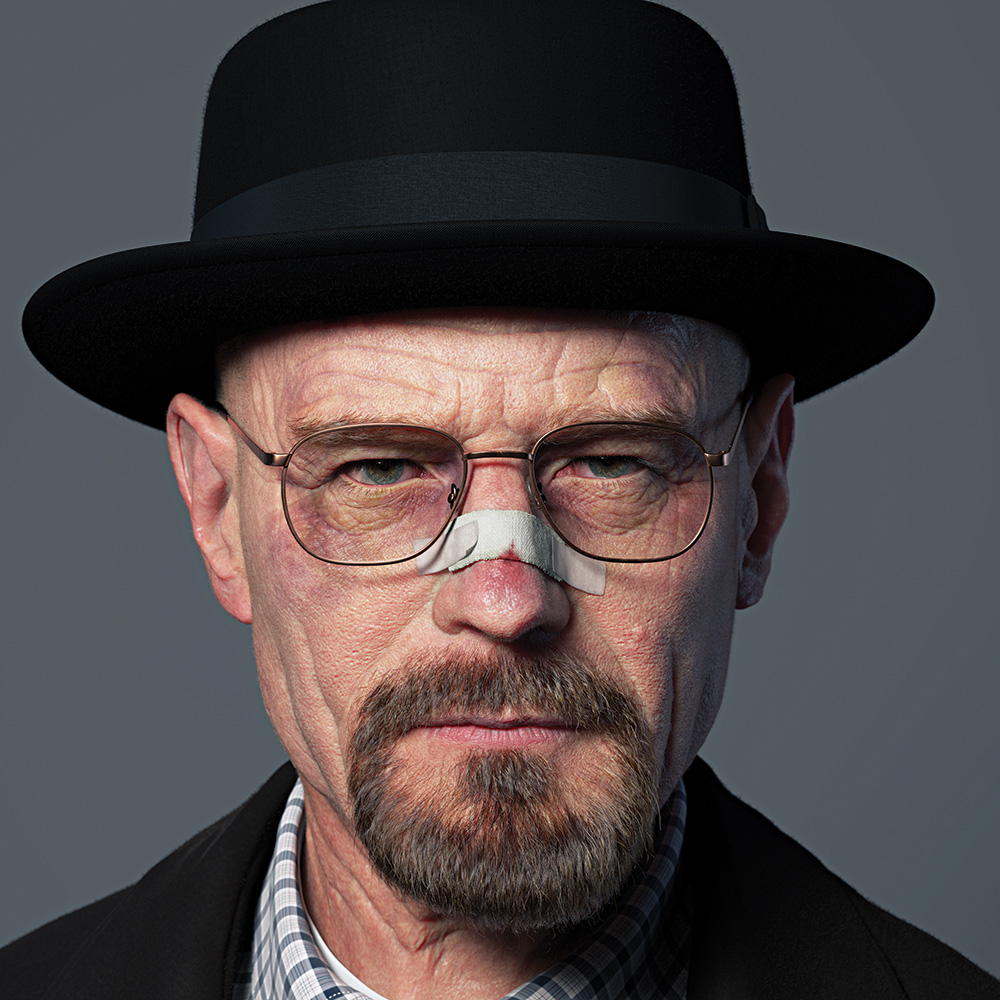
This awesome 3D portrait of Walter White took character and fauna artist Abdelrahman Kubisi six weeks to complete, working in his spare time around his full fourth dimension job at MPC. Discussing his technical approach Kubsi says: "I used the new Arnold 5 shader for the skin, and used Texturing.xyz maps for deportation detailing and colour textures."
He continues: "I e'er start by collecting reference, it's the almost of import function in the job for me, and then I get-go the digital sculpting inside ZBrush. I texture within Mari, building layer upon layer to make the pare look real."
When asked what inspires him to create, Kubsi says: "Mimicking nature, which in my stance is very difficult, and trying to make things that look hyper-realistic. If I'm able to make people recall my work is a photo, then I feel like I've washed a good job."
05. Tsubasa Nakai

Director and CG supervisor Tsubasa Nakai created this stunning female face using Maya, ZBrush, Photoshop, Mari and Substance Painter. The detail of the smudges of brand-upwardly, porous skin and freckles are astonishing. It's the imperfections that make this face up so stunningly realistic, and the light in her optics is scenic.
"In society to create this beautiful CG adult female, I tried using Multi-channel Faces texture from Texturing.xyz. The technical goal of this projection was to express the fine details. Texturing.xyz and XGen actually helped me to achieve this. I projected a Multi-channel Faces texture to the model, with a Photoshop UV workflow." Y'all can see how to practise this here.
06. István Vastag
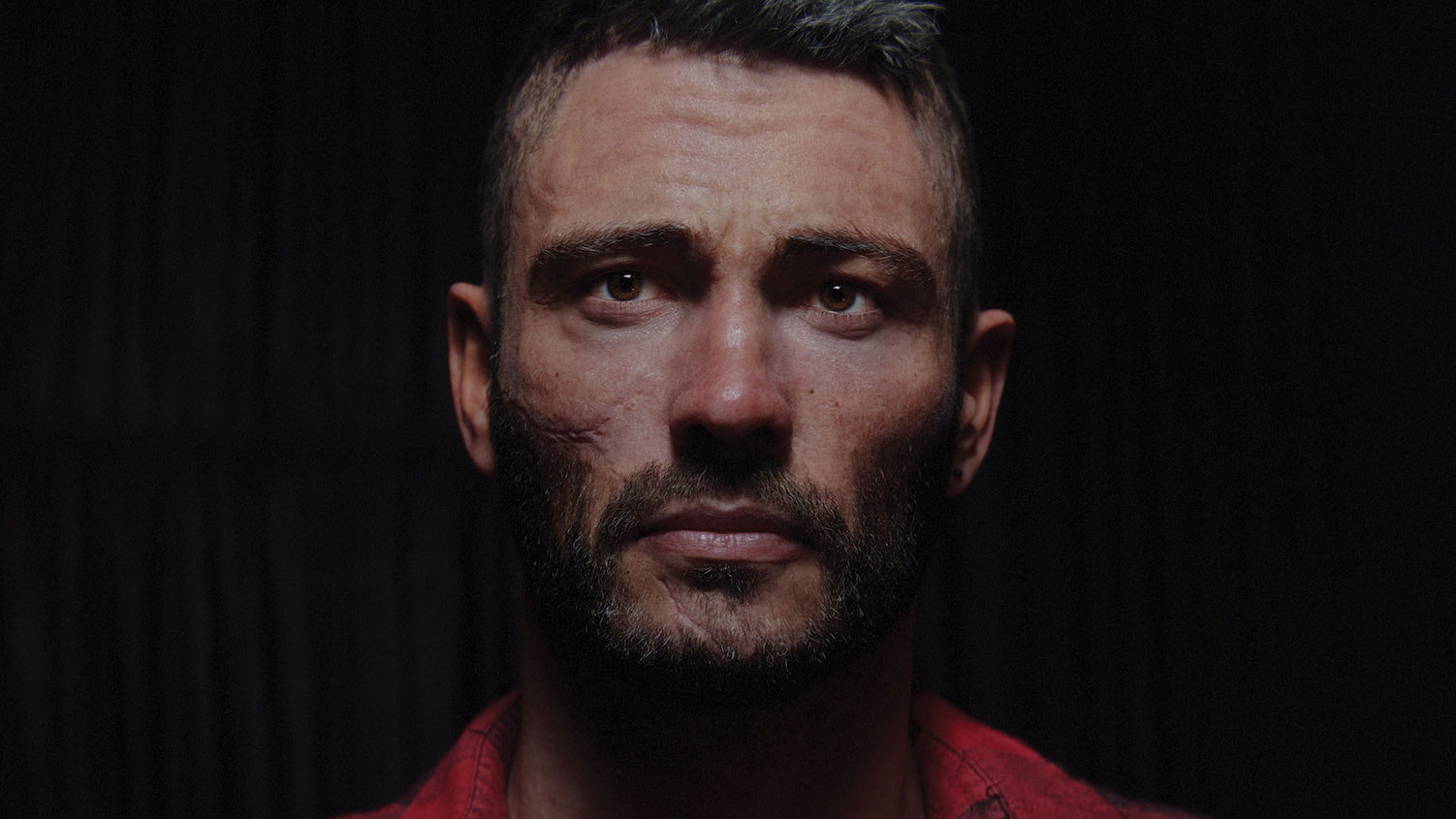
This incredibly lifelike paradigm took Digic Pictures environment supervisor István Vastag 9 months of evenings and weekends to complete, using 3ds Max , ZBrush, Mari, V-Ray and Nuke.
"In that location were several interesting issues that I had to face," Vastag explains. "I paid neat attention to where the face geometry meets the eyeball geometry. All the hairs are growing from beneath the skin surface so they are all correctly affecting the subsurface scattering. Textures were painted in Mari using simple brushes and adjustment layers."
07. Jacques Defontaine

Freelance artist Jacques Defontaine is a master of hyper-realistic 3D portraits (accept a look at his portfolio if yous don't believe us). Earlier starting each new character, he likes to experiment and try out new skills.
He insists that his arroyo to creating such lifelike images is actually fairly straightforward: "I have a little collection of stamps and stencils that I utilise for sculpting and painting textures, merely apart from that it's all basic tools. In ZBrush I always use the Geometry Hard disk and Layers features, as I notice those very powerful."
Having worked in the CG industry since 1996, Defontaine has years' worth of experience to draw from. "Many things inspire me but the human face is my favourite, they can look so different and convey so many emotions. Being able, or at least to try, to capture that look and emotion is a existent challenge, and that's what drives me."
08. Artur Tarnowski
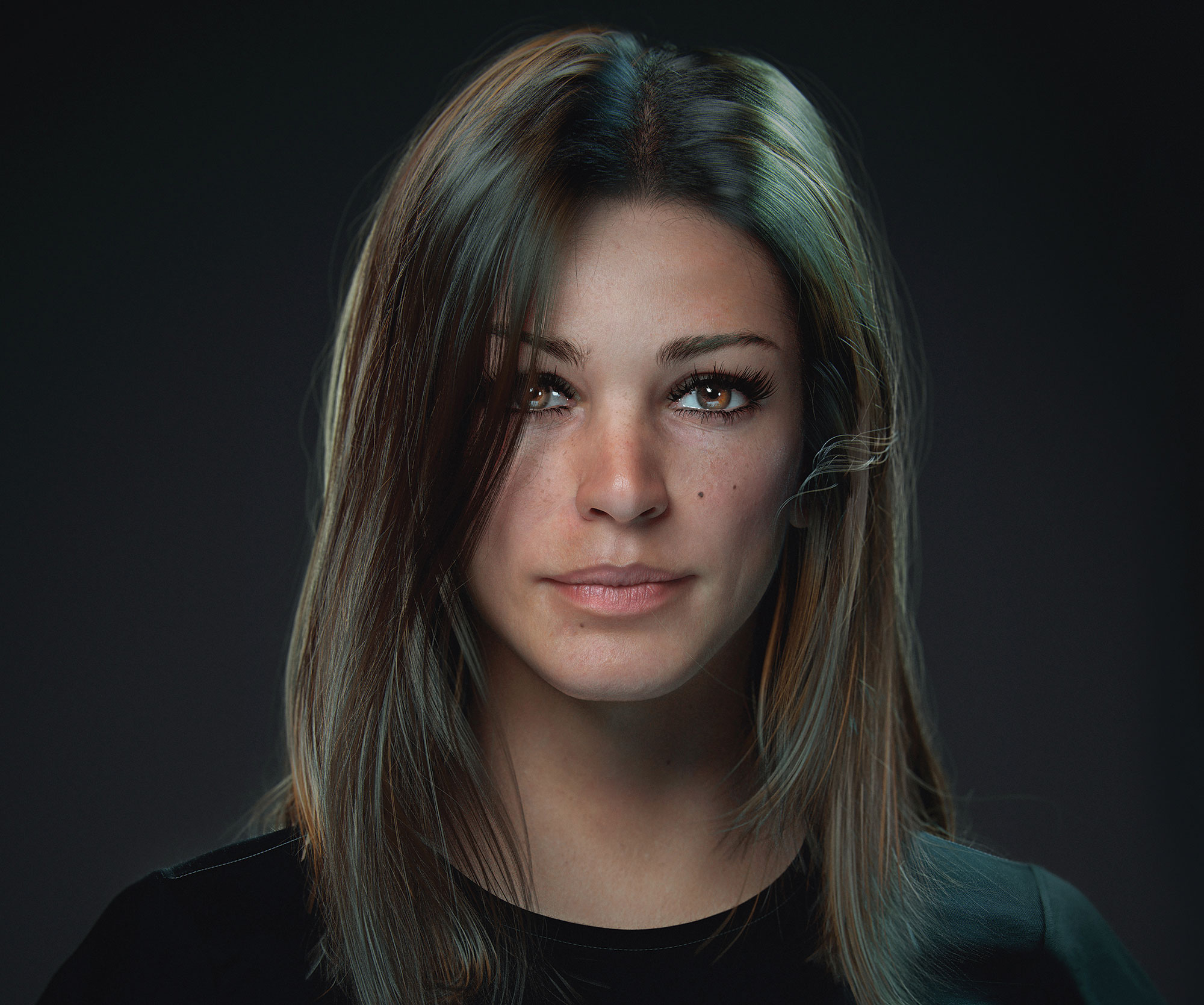
Artur Tarnowski is a character artist for Warsaw-based studio Layopi Games, with a wealth of experience in modelling. This image took him just a month and a half to consummate. "I had almost everything done in two weeks," he says. "The rest of the fourth dimension was spent adjusting the model, hair shape, shader parameters, and lighting setup. All those little – some would say unnoticeable – details that make the last epitome look realistic."
During the process Tarnowski used a deportation shading network in Arnold to blend iii types of maps. "The starting time is my secondary detail from ZBrush," he explains. "The 2d is Texturing XYZ micro particular and the third is a tileable micro detail with pores, etc. The pare shader is also quite circuitous as I similar to have a lot of command over the pare in Hypershade. That means a lot of masks for makeup or freckles besides as many remap nodes for adjusting roughness, specular and skin tones."
09. Emerson Silva

3D artist Emerson Silva began his career by creating depression-poly models for mobile games dorsum in 2004. "It was a very small surface area in Brazil, and few companies survived for more than than 2 years," he explains of his decision to accelerate in his artistry.
His approach towards 'Sadhu' began by gathering references to build a mental image, right downwardly to details like lighting and rendering. He continues: "My side by side step is to make a simple base mesh, I beloved working with depression polygon because information technology'south easier to make changes. I always practice this in 3ds Max before sending it to ZBrush."
It'southward then that Silva creates the final await of his slice, setting the pose and getting the model fix for work in Substance Painter. "I currently use Substance Painter for the entire texturing process, I find it very enjoyable to create textures in. I usually do texturing and rendering at the same time, and ever in sections. I start with the head and but go to the other office when I'm satisfied."
10. Saurabh Jethani

When Saurabh Jethani's not living his dream of creating characters for video games, he lends his talents to making hair, clothes, hard-surface characters and creatures.
With technical elements like the low-poly and UVs already in place, the artistic process for this particular portrait took Jethani simply a calendar week to consummate. "I used TexturingXYZ displacement for pores and albedo for pare colour," he explains. "Their separate displacements (secondary, tertiary and micros) can exist combined in the RGB channel of an image to exist projected together simultaneously. This allows me to separately control the value of each channel. I would recommend anyone going for realistic face information to attempt those maps out."
08. Ian Spriggs
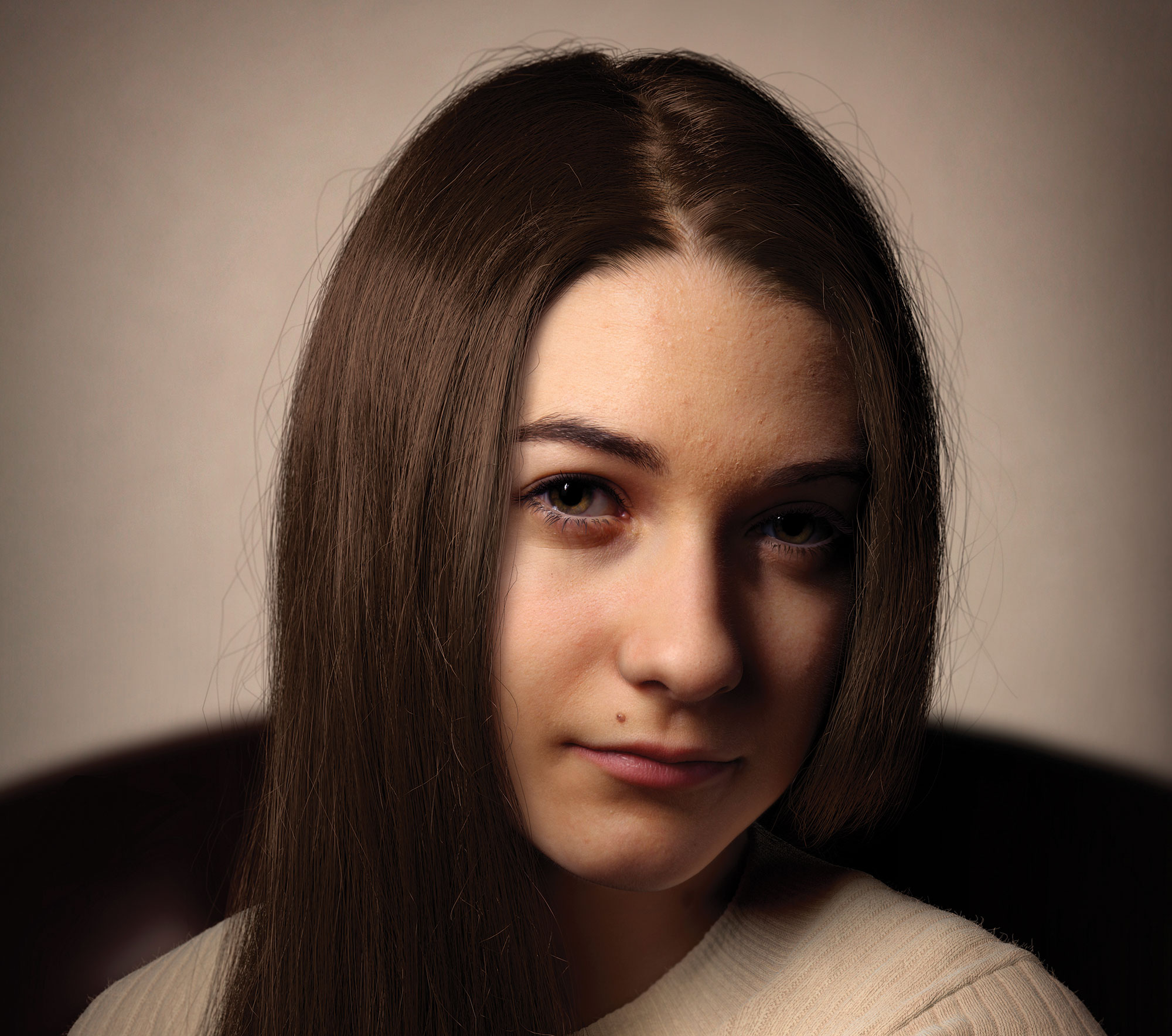
Ian Spriggs is a 3D portrait and character artist working in Maya, Mudbox, 5-Ray
and Photoshop. "I love trying to figure people out and work out what makes them who they are," he explains. "Portraits are similar a window into the subject's life; you really take to know someone to be able to stand for them well – it's not but facial features y'all are representing, but also their personality."
For this reason, he likes to create portraits of friends and family members. "Digital humans need a personality to make them believable; characters in a T-pose might look real, but we won't connect with them," he adds. Detect out how Spriggs created this portrait and have a become for yourself in this step by step guide.
09. João Victor Ferreira

"Offset, I took dozens of photos for reference in many dissimilar lightings, including daylight and interior low-cal," explains character modeller João Victor Ferreira. Using these photos for comparison, he and then began to sculpt the head from a base mesh. He continues: "Importantly I created my 3D scene in an ambient with the light source existence as close as possible to 1 of my reference photos. This gave me a sense of how shut the model was to reality."
In fact, Ferreira believes that taking the time to assemble reference is amidst the well-nigh important elements in creating great art, and he is motivated past the want to improve himself with every new piece.
This commodity was originally published in 3D World , the world'south best-selling magazine for CG artists. Subscribe to 3D World .
Content has also been included from 3D Artist.
Read more:
- Free 3D models to include in your designs
- Best 3D printers: At present more affordable than ever
- 3D sculpting: How to sculpt with way
Related articles
Source: https://www.creativebloq.com/inspiration/realistic-3d-portraits
0 Response to "what is 3d realistic drawing"
ارسال یک نظر